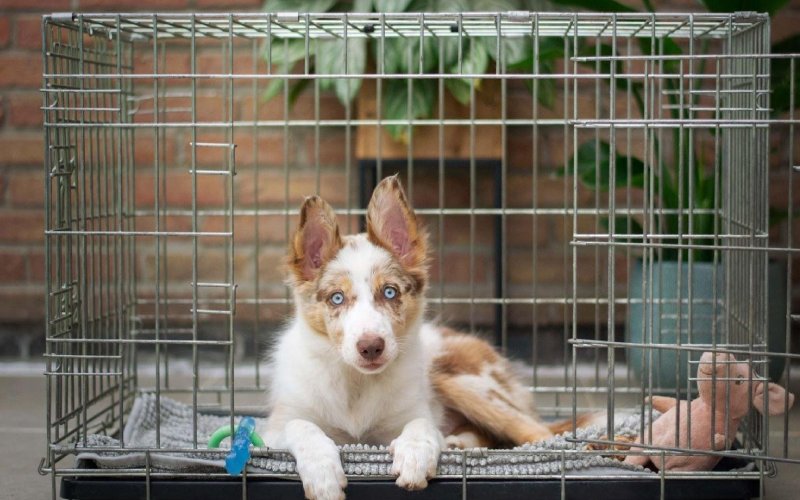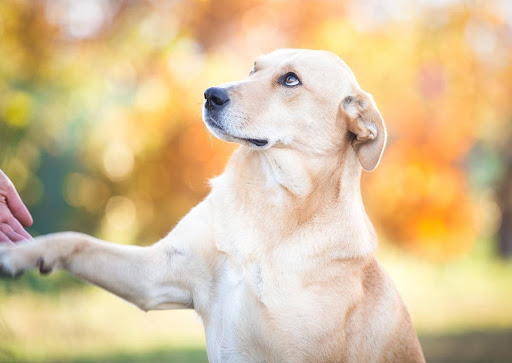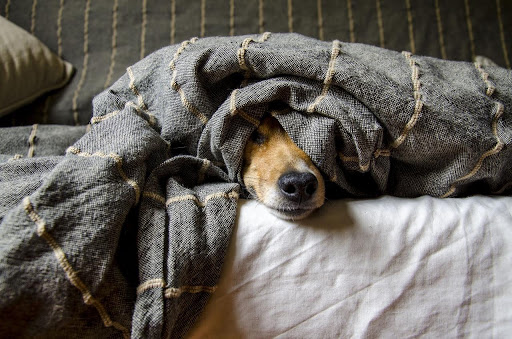7 Reasons to Crate Train Your Dog
If you have adopted a dog or are planning to adopt one, you will know how important it is for your dog to be trained well. Having a well-trained dog makes the experience of having a furry little friend more enjoyable and lessens the risks of damage to you, your dog, and your surroundings.
In this post, we will discuss everything you need to know about Crate Training— what, why, and everything in between.
Let’s begin!
What is Crate Training?
Crate training is an important part of bringing a dog of any age to your home and familiarizing them with their new environment. A dog crate is a box made of plastic, collapsible metal, wire, or fabric. These are also known as dog cages or indoor kennels and are typically big enough to allow your dog to stand and move around easily.
Contrary to the general perception most of us have about “cages,” it is not cruel to put your dog in a crate, and if done correctly, crate training can be helpful to you and your dog in many ways.
7 Reasons To Crate Train Your Dog
Almost all vets, trainers, and dog breeders recommend crate training for dogs, regardless of the breed. Here are the top seven reasons to crate train your dog (and why you need to do that as a dog parent!):
- Prevents destructive behavior: When you’re not home, a crate can be a safe and secure area for your dog by ensuring that they do not get into trouble. It can also help to prevent them from chewing on furniture or other belongings. Keep in mind, however, that confining your dog to a crate for long hours is not recommended. Make sure you spend time with your four-legged friends and do not let them feel confined or neglected.
- Encourages good potty habits: By crate training your dog, you can help them learn to hold their bladder and bowels until they are outside. Dogs do not like to soil their sleeping areas, so putting them in a crate can train them, and you will not have to clean up the mess very often. It also helps pups with house training.
- Reduces separation anxiety: For dogs with separation anxiety, crates can provide a sense of security and comfort. If they’re crate trained and have a create, they’ll always know they have a safe place to retreat when you are not around or have other things to tend to. So the doggo will understand that it’s sometimes necessary to be alone and will eventually learn to enjoy it. In turn, this can help ease their anxiety.
- Makes travel easier: If you’re planning on taking your dog with you on vacation or to other events such as family gatherings or picnics, a crate can make travel much easier. It will provide your dog with a familiar and comfortable place to stay while you’re on the go. It makes visits to the vet or airplane travel more convenient for your dog if they are already crate-trained.
- It’s a good tool for socialization: When you introduce your dog to the crate at a young age, you help them to become more comfortable with confined spaces. Ultimately, this encourages controlled behavior, which is a good tool for socialization. It also helps when dogs need to travel in a car or stay in a kennel frequently.
- Can be a cozy place for your dog to relax: Dogs like dens because it provides them security and comfort, allowing them to relax and unwind. Crates help do just that— they can be a great place for them to take a nap or just to get away from the hustle and bustle of everyday life.
- Quicker Evacuation: In case of an emergency such as a fire, earthquake, or any natural disaster, it is easier for you to evacuate with your dog with the help of a crate. Dogs tend to get alarmed by sudden changes in the environment. In such situations, staying in their crate will make them feel safe. It will also make it easier for you and your dog to be transported to safety.
Conclusion
Overall, crate training is a useful tool for your dog if done the right way. As a responsible dog parent, make sure that the crate is a safe and comfortable place for your dog where they can find retreat and feel a sense of belonging.
Never use the crate as a punishment. Instead, encourage the behavior by positive reinforcement, such as rewarding your dog when they go into the crate willingly.
You’ve taken the first step by understanding the reasons to crate train your dog, but the training itself is a thorough process requiring your utmost attention, patience, and support. Do your research on effective tips for crate training, and don’t hesitate to consult Off Leash K9 Training if you have any questions.
865-383-3647
[email protected]
knoxvilledogtrainers.com


![brown short coated-] dog lying on green metal cage](https://olk9alabama.dog/wp-content/uploads/2023/11/brown-short-coated-dog-lying-on-green-metal-cage.jpg)



